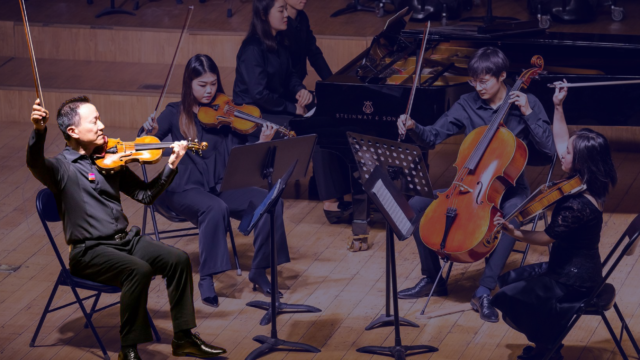Prelude and Table of Contents: Spring 2021
It sounds like sci fi: “the before times.” But before COVID-19, orchestra seasons were planned down to the hemidemisemiquaver, announced half a year before opening night, and then launched like so many swans—gorgeous and unruffled on top, paddling madly below. Change—when it happened—was difficult, protracted, in part because of practicalities like the availability of in-demand guest musicians, the need to honor contracts and regulations, rehearse unfamiliar rep, alert audiences, sell tickets.
All that changed when the pandemic hit. Concerts were announced, canceled, postponed, rescheduled. Musicians popped up on streets, backyards, front porches. Everyone headed online. When in-person concerts became possible, strings prevailed, to limit spread of aerosols from wind instruments. Along with familiar scores by Tchaikovsky and the usual (wonderful) suspects, Mahler 4, of all things, showed up in chamber versions. And something else happened. Strings-only scores like George Walker’s Lyric for Strings and Jessie Montgomery’s Starburst were being played nationwide. Works by more a diverse range of composers, so long ignored, are suddenly being performed, often by a more diverse range of musicians. Sparked by the fierce urgency of the need for racial equity, what had been an aspiration may be headed toward becoming a reality.
This issue of Symphony looks at these paradigm shifts from multiple perspectives. Incoming and departing board chairs—all of them women—discuss governance. Native American composers talk about the increase in commissions and performances of their music by orchestras. A panel of Black musicians examines how to rethink blind auditions so that orchestras become truly representative. And we report on how youth orchestras are adapting and looking ahead.
Robert Sandla
Table of Contents
Related
Become a member
Thank you for your interest in the League of American Orchestras! We are dedicated to advancing the orchestral experience for all.
Join Now